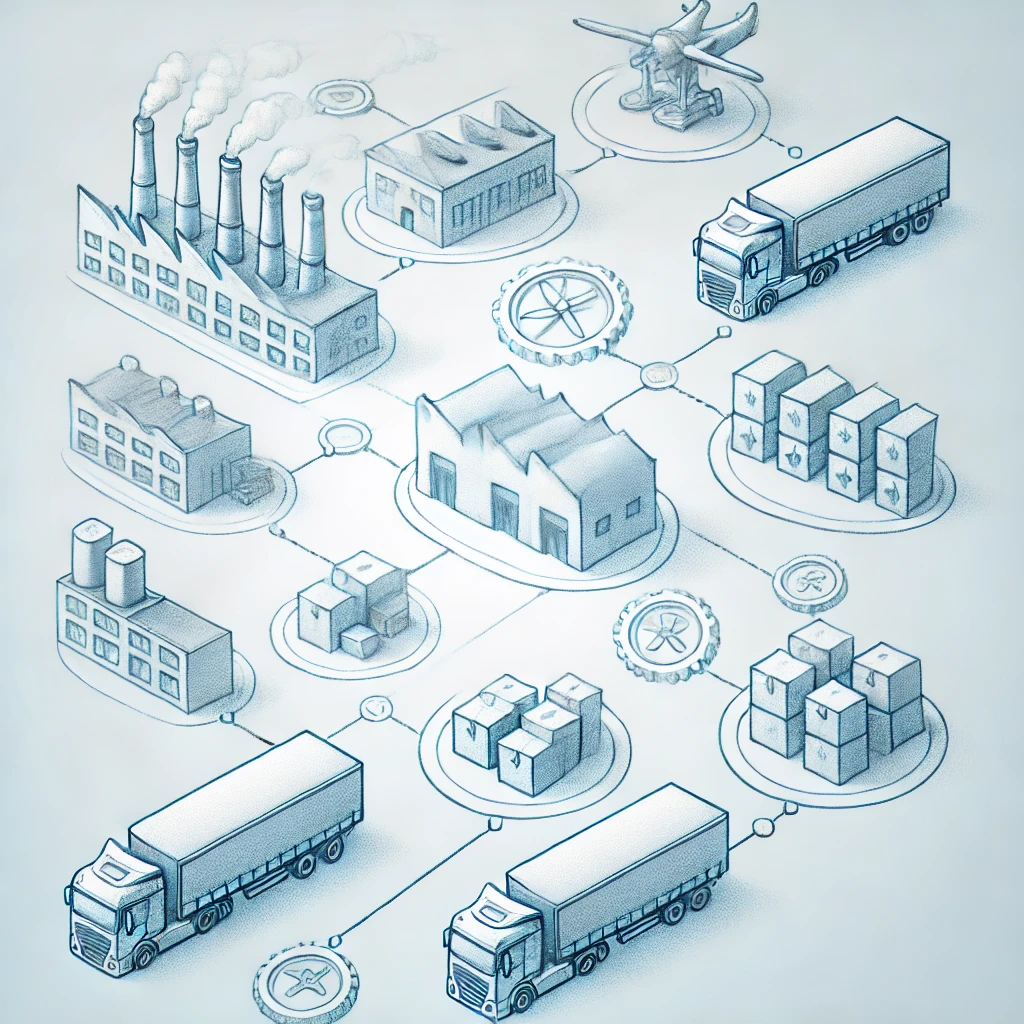How do you migrate a monolith to a microservice architecture?
– A guide. –

Migrating from monolithic architectures to microservices is an important step for companies that want to make their IT systems more scalable, flexible and easier to maintain. This guide explains in detail how this migration process works, what advantages microservices offer and what challenges need to be overcome.
1 What are monoliths and microservices?
Monolithic architecture
In a monolithic architecture, all functions of an application are combined in a single, indivisible unit. This means that all components are closely connected to each other and are provided as a single unit. Changes or updates to a function often require the complete redeployment of the entire application.
Microservices architecture
In contrast, a microservices architecture consists of a collection of small, independent services. Each service fulfills a specific function and communicates with other services via defined APIs. This architecture makes it possible to develop, test and provide each service independently.
2. advantages of migrating to microservices
- Scalability: Individual services can be scaled independently of each other to meet requirements.
- Flexibility: Developers can use different technologies and programming languages for different services.
- Maintainability: Smaller, clearer code bases make it easier to understand and maintain.
- Error isolation: Errors in one service do not affect the entire application.
- Faster development cycles: teams can work independently on different services and provide new features more quickly.
3. challenges of migration
- Complexity: The decomposition of a monolith into microservices requires careful planning and coordination.
- Data management: The distribution of data between different services can be difficult.
- Communication: The services must communicate efficiently with each other, which brings additional complexity.
- Security aspects: Ensuring security in a distributed architecture requires special measures.
4. step-by-step guide to migration
Preparation and planning
- Analyze the existing system: Understand the structure and dependencies of the monolith.
- Define goals: Set clear goals and expectations for the migration.
- Set up a team: Put together an experienced team of developers, architects and testers.
Disassembly of the monolith
- Identification of domains: Break down the monolith into logically related domains.
- Create interfaces: Define clear interfaces between the identified domains.
Structure of the microservices
- Development of services: Develop individual microservices for each domain.
- Split databases: Consider how the data can be split between the services.
- Containerization: Use container technologies such as Docker to isolate and provide the services.
Integration and communication
- Set up an API gateway: Implement an API gateway to control access to the microservices.
- Service discovery: Use service discovery tools to facilitate communication between services.
Testing and deployment
- Automated testing: Set up automated tests to ensure the quality of the microservices.
- CI/CD pipelines: Implement Continuous Integration and Continuous Deployment to enable fast and reliable releases.
5. best practices and tips
- Monitoring and logging: Implement comprehensive monitoring and logging to monitor the performance and errors of microservices.
- Security: Use security practices such as authentication and authorization to protect your services.
- Documentation: Keep your architecture and the interfaces of the services well documented.
Conclusion
Migrating from a monolith to a microservices architecture is a complex but rewarding process that requires careful planning and implementation. With the right tools and best practices, you can take full advantage of microservices.
The experts at BITS GmbH are at your disposal with their extensive knowledge and experience to support you with your migration project. Contact us for comprehensive advice and support.
CONTACT
Would you like to find out more?
Are you interested in learning more about the possibilities of digitization in your company? Are you facing similar challenges or have you planned specific projects in your company? Please contact us for a detailed consultation.
Send us an e-mail directly to [email protected] – we look forward to working with you to shape the future of your IT landscape!
You can also make an appointment directly in our calendar.
OUR CUSTOMERS AND PARTNERS
OUR CUSTOMERS AND PARTNERS
Gemeinsam, zuverlässig und langfristig wollen wir als IT-Dienstleister Sie bei Ihren IT-Vorhaben unterstützen. Eine Auswahl unserer Kunden, Partner sowie Branchen finden Sie in diesem Abschnitt.











































